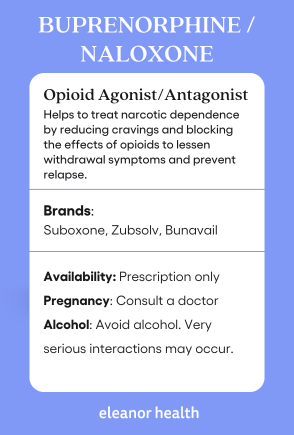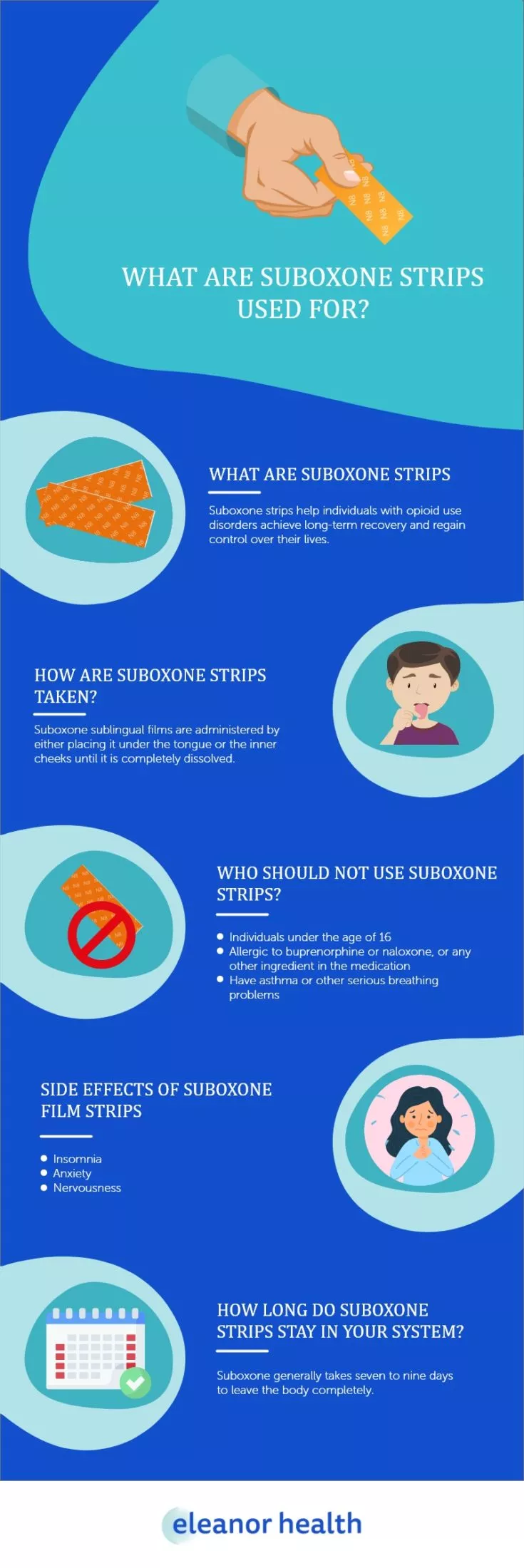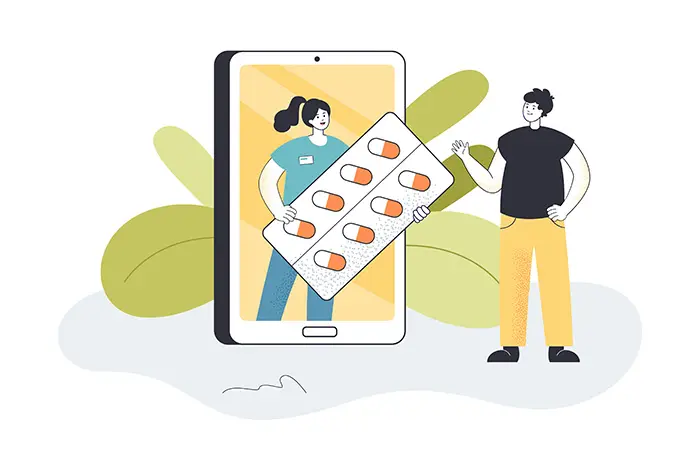Suboxone strips, also referred to as Suboxone films, are a form of Suboxone approved by the U.S. Food and Drug Administration (FDA) in 2002 to treat opioid addiction. Suboxone films contain buprenorphine and naloxone as the active ingredients. And they are available in easily dissolvable strips to be administered sublingually (under the tongue) or buccally (between the gums and the inner lining of the cheek).
Suboxone films contain the same ratio of active ingredients and are available in the same dosage as Suboxone pills. However, the misuse potential is relatively lower for Suboxone films compared to the tablet form as they cannot be crushed and snorted. Suboxone sublingual has also been observed to absorb more quickly and effectively than pills. Suboxone films can be prescribed by doctors, nurse practitioners, physician assistants, and other medical professionals licensed to prescribe medications.

Suboxone strips help individuals with opioid use disorders achieve long-term recovery and regain control over their lives. According to the Substance Abuse and Mental Health Services Administration (SAMHSA), the buprenorphine in Suboxone is a partial opioid agonist medication that works by binding to opioid receptors in the brain to reduce withdrawal symptoms and opioid cravings. And naloxone, on the other hand, is an opioid antagonist (inhibitor) that works by blocking the effects of other opioids to reduce the risk of overdose and relapse. Both work together to help reduce withdrawal symptoms associated with opioid addiction and help individuals in recovery focus on other elements of their rehabilitation program.
Suboxone sublingual films are administered by either placing it under the tongue or the inner cheeks until it is completely dissolved. These strips generally take around six to 10 minutes to dissolve completely. If two strips are taken, the films should be placed on opposite sides under the tongue or inner cheeks without overlapping them. If more than two strips are taken, the next films should be placed after the first two have completely dissolved.
Suboxone sublingual film strips should not be chewed or swallowed whole. Doing so will not generate the desired effects as they are not designed to be split or broken. Suboxone films should also not be taken with benzodiazepines, alcohol, or other substances. People who take Suboxone with such substances are at higher risk of experiencing serious health effects, including overdose death.
The combination of buprenorphine and naloxone makes Suboxone films an excellent medication for opioid use disorder (MOUD) as it possesses a low risk for addiction and misuse. However, Suboxone treatment may not be ideal for everyone with opioid dependence.
Suboxone films may not be recommended for people who are:
It’s also important to talk to your healthcare provider if you have any of the following health conditions:
Your healthcare practitioner can help you by adjusting your Suboxone dosage or provide you with an alternative treatment.

As with any medication, Suboxone can also cause a few negative side effects. Suboxone side effects tend to be mild and are most often similar to opioid withdrawal symptoms.
Some of the common side effects of Suboxone include:
In rare instances, Suboxone can also cause severe side effects. People are advised to contact their healthcare provider immediately if they experience any of the following side effects:
It’s crucial to refrain from driving or partaking in any hazardous activities while on Suboxone until you know how Suboxone affects you.
The half-life of Suboxone’s active ingredient, buprenorphine, is estimated to be around 37 to 42 hours. Since it takes around five half-lives for a substance to completely leave the body, it may take around seven to nine days for buprenorphine to leave the body completely. However, as the liver breaks down buprenorphine into metabolites called norbuprenorphine with an estimated half-life of up to 150 hours, buprenorphine can remain detectable in the body for up to two weeks after the last dose.
The naloxone in the medication has a half-life of around two to 12 hours. Thus, it can stay in the body for up to 60 hours, although it generally clears well before buprenorphine.
Suboxone generally takes seven to nine days to leave the body completely. However, this may differ from person to person based on factors such as:
Although Suboxone is potentially addictive, the risk of Suboxone addiction is relatively low compared to addictions to other opioids. This risk is lowered because Suboxone does not generate as intense of a sedative effect as most opioids. In addition, it also generates a “ceiling effect” that makes it difficult to enhance its intoxicating effects by taking large doses of the medication. But since the buprenorphine in the medication can trigger withdrawal symptoms when Suboxone use is stopped abruptly, individuals are gradually tapered off the medication by medical professionals towards the end of treatment.
Suboxone has attracted numerous headlines for being a game-changer in the battle against opioid addiction. However, for Suboxone to be successful, it has to be provided in combination with other elements of a comprehensive treatment program such as counseling and behavioral therapy.
If you are seeking help with your loved one’s addiction, contact us today to speak with an addiction treatment specialist.
If you need help with your substance use disorder, we are here to help you build your confidence and momentum towards the future you want. We provide treatment services for adults with alcohol, opioid, and other substance use disorders. We are currently located in Louisiana, Massachusetts, North Carolina, New Jersey, Ohio, Texas, and Washington.
 Suboxone While Pregnant – Is it safe?
Suboxone While Pregnant – Is it safe?
 How Long Do Suboxone Withdrawals Last?
How Long Do Suboxone Withdrawals Last?
 Medications for Addiction Treatment: The Complete Guide
Medications for Addiction Treatment: The Complete Guide